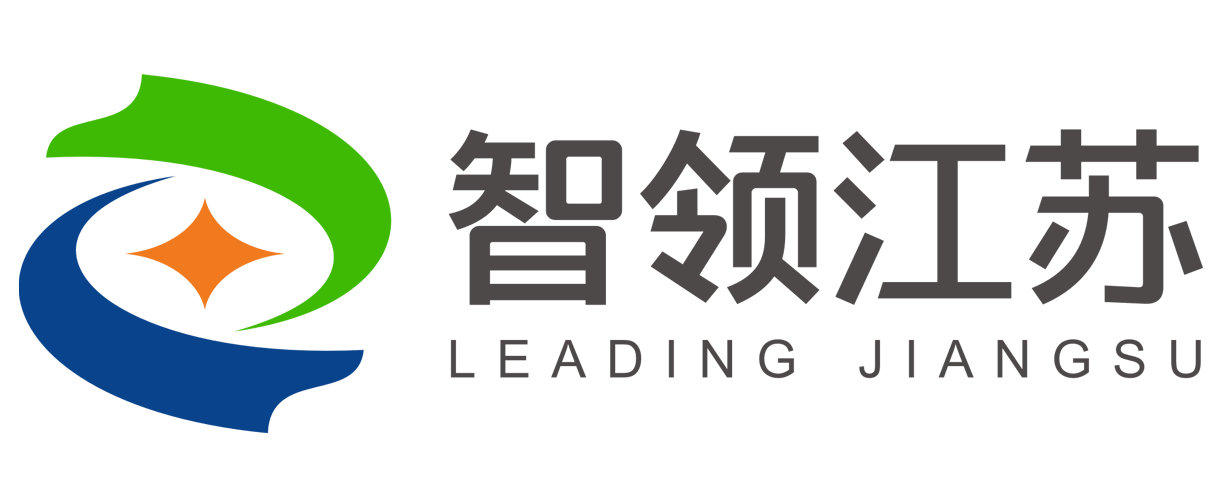资源介绍
Jorge L. Reyes-Ortiz(1,2), Davide Anguita(1), Alessandro Ghio(1), Luca Oneto(1) and Xavier Parra(2)
1 - Smartlab - Non-Linear Complex Systems Laboratory
DITEN - Università degli Studi di Genova, Genoa (I-16145), Italy.
2 - CETpD - Technical Research Centre for Dependency Care and Autonomous Living
Universitat Politècnica de Catalunya (BarcelonaTech). Vilanova i la Geltrú (08800), Spain
activityrecognition '@' smartlab.ws
Data Set Information:
The experiments have been carried out with a group of 30 volunteers within an age bracket of 19-48 years. Each person performed six activities (WALKING, WALKING_UPSTAIRS, WALKING_DOWNSTAIRS, SITTING, STANDING, LAYING) wearing a smartphone (Samsung Galaxy S II) on the waist. Using its embedded accelerometer and gyroscope, we captured 3-axial linear acceleration and 3-axial angular velocity at a constant rate of 50Hz. The experiments have been video-recorded to label the data manually. The obtained dataset has been randomly partitioned into two sets, where 70% of the volunteers was selected for generating the training data and 30% the test data.
The sensor signals (accelerometer and gyroscope) were pre-processed by applying noise filters and then sampled in fixed-width sliding windows of 2.56 sec and 50% overlap (128 readings/window). The sensor acceleration signal, which has gravitational and body motion components, was separated using a Butterworth low-pass filter into body acceleration and gravity. The gravitational force is assumed to have only low frequency components, therefore a filter with 0.3 Hz cutoff frequency was used. From each window, a vector of features was obtained by calculating variables from the time and frequency domain.
Check the README.txt file for further details about this dataset.
A video of the experiment including an example of the 6 recorded activities with one of the participants can be seen in the following link: [Web Link]
An updated version of this dataset can be found at [Web Link]. It includes labels of postural transitions between activities and also the full raw inertial signals instead of the ones pre-processed into windows.
Attribute Information:
For each record in the dataset it is provided:
- Triaxial acceleration from the accelerometer (total acceleration) and the estimated body acceleration.
- Triaxial Angular velocity from the gyroscope.
- A 561-feature vector with time and frequency domain variables.
- Its activity label.
- An identifier of the subject who carried out the experiment.
Relevant Papers:
Davide Anguita, Alessandro Ghio, Luca Oneto, Xavier Parra and Jorge L. Reyes-Ortiz. Human Activity Recognition on Smartphones using a Multiclass Hardware-Friendly Support Vector Machine. International Workshop of Ambient Assisted Living (IWAAL 2012). Vitoria-Gasteiz, Spain. Dec 2012
Davide Anguita, Alessandro Ghio, Luca Oneto, Xavier Parra, Jorge L. Reyes-Ortiz. Energy Efficient Smartphone-Based Activity Recognition using Fixed-Point Arithmetic. Journal of Universal Computer Science. Special Issue in Ambient Assisted Living: Home Care. Volume 19, Issue 9. May 2013
Davide Anguita, Alessandro Ghio, Luca Oneto, Xavier Parra and Jorge L. Reyes-Ortiz. Human Activity Recognition on Smartphones using a Multiclass Hardware-Friendly Support Vector Machine. 4th International Workshop of Ambient Assited Living, IWAAL 2012, Vitoria-Gasteiz, Spain, December 3-5, 2012. Proceedings. Lecture Notes in Computer Science 2012, pp 216-223.
Jorge Luis Reyes-Ortiz, Alessandro Ghio, Xavier Parra-Llanas, Davide Anguita, Joan Cabestany, Andreu Català. Human Activity and Motion Disorder Recognition: Towards Smarter Interactive Cognitive Environments. 21th European Symposium on Artificial Neural Networks, Computational Intelligence and Machine Learning, ESANN 2013. Bruges, Belgium 24-26 April 2013.
Citation Request:
Davide Anguita, Alessandro Ghio, Luca Oneto, Xavier Parra and Jorge L. Reyes-Ortiz. A Public Domain Dataset for Human Activity Recognition Using Smartphones. 21th European Symposium on Artificial Neural Networks, Computational Intelligence and Machine Learning, ESANN 2013. Bruges, Belgium 24-26 April 2013.








